Guide to Choosing the Right Boots for Your Family
An all-in-one guide to footwear for your family's winter adventures!
In partnership with the awesome team at Merrell 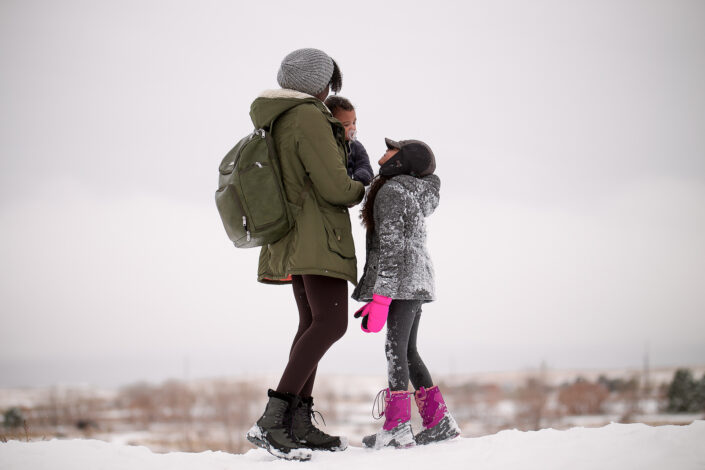
We know that time in nature is good for the mind, body, and soul all year round. However, uncomfortable kiddos (and their adults) make for a less-than-enjoyable experience for everyone. While choosing the right clothing layers is extremely important (check out this article on layering), having the wrong type of footwear can cut your outdoor fun short faster than it takes to say, “don’t jump in that slosh puddle, your shoes aren’t waterproof!”
Choosing the right boots for your outdoor adventures is important, but purchasing the right footwear for chilly, wet months can be daunting. With so many options to choose from, how do you know which pair (or pairs) will fit the needs of your family? We have put this guide together to help take the guesswork out of the footwear debate, and help you find the boots that work best for your family.
In this Article:
Rain boots vs. snow boots vs. hiking boots
So you say you want a pair of boots. Boots are boots, right? Well, not exactly. Outdoor boots come in many different “flavors” that fit into three main categories: Rain boots, snow boots, and hiking boots.
Rain Boots:
If your adventure involves puddle splashing, rainy day adventures, look no further than the classic rain boot. You will generally find the most variety of colors, patterns, and styles in a rain boot, and they tend to be lighter weight and less expensive than hiking or snow boots. That being said, they also tend to come with a bit less traction and do not keep feet as warm as other boot types.
Snow Boots:
Snow boots are built to keep feet toasty warm when romping in snow and slush. They also come with better traction to navigate slippery terrain. Due to the better insulation, they also tend to be heavier and come with a higher price tag.
Hiking Boots:
These are the most versatile of the boots listed, depending on the features you choose. If your adventures tend to involve trails and you want a less specialized boot that can be worn over multiple seasons, this may be the way to go. They tend to be lighter than snow boots, but usually don’t provide the ankle support or height required for extra snowy adventures. Also, it can be more difficult to find fully waterproof hiking boot options. 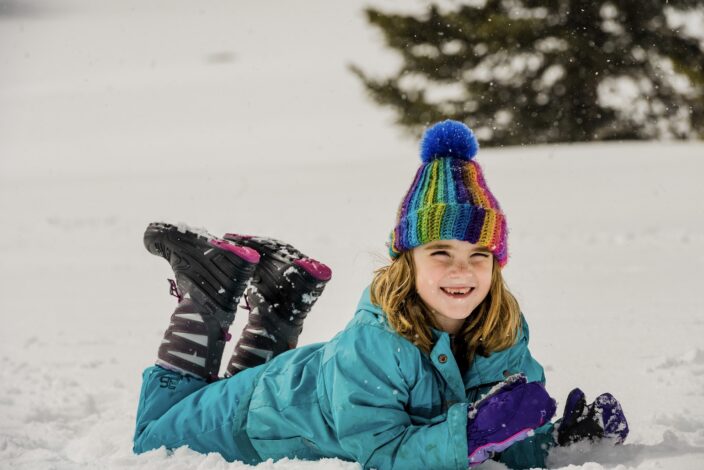
Photo: Michelle Craig
Main Factors to Consider
The two main factors to consider when choosing a boot are the climate you live/play in and the type of activities you plan to participate in.
Climate
Your ideal boot selection will vary drastically depending on where you live. A snowy, frigid northern winter will require a high-quality snow or hiking boot with a colder temperature rating (see the section on warmth below). If you get a large amount of snowfall, you may also want to consider the height of the boot you choose. A taller boot will be more effective at keeping feet dry in comparison to an ankle-high boot. In contrast, a mild, drizzly southern winter may only require a set of rain boots. If you live in an area that receives very little (or very rare) snowfall, you may be able to get away with rain boots if you pair them with high-quality, warm wool socks (see tips section for budget-friendly hacks on how to make rain boots work in snow).
Activity
In addition to climate, it’s important to consider your intended outdoor activities when deciding which boot will work for you. If your kiddos will be wearing the boots to school, you may want to investigate flexible, breathable options (sometimes referred to as “sneaker boots”). If tromping through the snow on a winter hike is more your style, you will want to look for a boot with good traction and an appropriate temperature rating. Looking to puddle jump and keep feet dry on splashy afternoons? A tall rain boot may be just what you’re looking for.
Key Features to think about:
With your climate and outdoor activities in mind, some boot features will be more important than others. Here we have listed some of the key features to consider when choosing the right boots for your family. We highly suggest researching the features of any boots you are considering (either online or through an outdoor recreation store) to determine which of these features they have and which they are lacking.
Waterproofing
If your kiddos are like mine, they gravitate towards anything wet; puddles, snow, slush, etc. Unless you live in an area that stays fairly dry, I highly recommend purchasing waterproof boots. Even water-resistant options can become very wet and uncomfortable quickly.
Fit and Comfort
This one seems obvious, but trying to ask a distracted child how a boot “feels” can get you nowhere and lead to future issues. If possible, get yours and your child’s feet sized for BOTH length and width at an outdoor recreation store. I was surprised to discover my kiddo has wide feet, which explained why he often complained about his shoes and preferred to go barefoot. Also, bring the socks you plan to use with the boots when you try on the shoes. Cotton socks will provide a different fit than thick wool socks.
Warmth
Snow boots (and sometimes hiking boots) usually have a temperature rating that denotes the approximate lowest air temperature at which the boot insulation will keep feet comfortable. Just keep in mind that these ratings are only a guide, and can be affected by conditions such as weather, wearer’s activity level, exposure time, type of sock worn, cold sensitivity, etc. Generally speaking, a wet, snowy northeast winter will require a much different temperature rating compared to a mild, southern climate.
Traction
Chilly, wet weather often leads to slippery conditions. These conditions can lead to disastrous consequences (such as falls and injuries) when paired with active, excited kiddos or a baby-wearing adult. Choosing a boot with excellent traction (such as Vibram boot soles) can keep your feet on the ground and give you a little extra peace of mind that your family is less likely to slip.
Weight
Boots have come a long way in the last few decades. Even snow boots have become more lightweight and comfortable thanks to recent innovations in boot design and insulation. Unless your adventure involves long treks in frigid, wet conditions, choosing a boot that is lighter and more flexible without losing the insulation and waterproof properties will ensure that kiddos can have fun in the colder temperatures.
Breathability
While it’s important to keep moisture out of the boot, it’s also important to let moisture escape. Active families can make for sweaty feet, which can lead to icy toes if that moisture can’t escape. This can also lead to a build-up of odor-causing bacteria in the boot, which can cause boots to smell terrible after only a few adventures. Seek out a boot that is both breathable and contains anti-bacterial properties in the lining to keep feet comfortable and boots smelling fresh.
Ease of Use
Any caregiver will tell you that getting shoes on an excited toddler can be equivalent to wrangling an octopus. They could be the best boots in the world, but if it takes an hour to get them on your frustrated child, they aren’t worth it. Thankfully, shoe companies have heard our plea and now offer much easier methods to get shoes on little feet. Look for features such as medial zippers and toggle closures when choosing boots for active little feet.
Insider Tips for Choosing the Right Boot
My family has lived in various climates across the United States, from Colorado to Upstate New York, the Pacific Northwest, and now coastal Virginia. Here are some tips we have picked up along the way, along with tips from our amazing Hike it Baby Community to help you choose the right boots for our family (or make the boots you already have work when purchasing isn’t an option).
General Tips
- Remember that our feet often swell a bit when we're hiking/walking/running, so sizing up can help prevent damage to toenails; especially when hiking downhill. My hiking boots and running shoes are a full size larger than the rest of my everyday shoes. Also, be wary of you or your kids possibly having wide feet. My youngest has wide feet and he swooned when I figured it out and got him Merrell hiking shoes in wide. – Alex Wong, Salt Lake City, UT
- Spend the extra money on waterPROOF footwear over water-resistant - this distinction has saved me on many, many hikes with wet grass or mud! – Erin, Durham, NC
- If you're looking to do all-day winter adventures with your little kids, invest in some winter hiking boots. Winter hiking boots will keep feet much warmer than play-quality snow boots. – Valerie, Adirondack Coast
- The best boot depends on the child, but I have found one thing to be true across the board… If you hike in chilly/cold weather with young children who spend a lot of time in the carrier but also like to hike a bit themselves you need to bring two types of boots. One, a down or similar booty that is strictly for warmth and protection from wind/rain/snow in the air. The other, a waterproof hiking boot that is not too big or too small worn with wool or similar socks. Oftentimes circulation to the feet is slightly inhibited by being in a carrier and heavy boots only make this worse. For families who feel like their child’s feet are always freezing while in the carrier, this will be a game-changer. – Lindsey Weir, Honolulu, Hawai’i (Formerly in Upstate NY and Washington State)
Budget-friendly tips
- Choose a boot that is versatile and can be worn in various conditions. My son calls his rugged boots “everything but summer” boots because they can be used for most of our outings with just a few tweaks in sock choices. – Becca, Chesapeake, VA
- It rarely snows where we live, so it doesn't make sense to invest in a lot of winter gear. When it does snow, I put thick wool socks under my son's rain boots. I wouldn't have him hike in difficult terrain that way, but it works well for playing. We also keep extra pairs of adult socks in our bag as backup mittens. They are also good as a way to add an extra layer of warmth to a baby's feet and legs and are hard for small hands to take off. – Carolyn, Greenville, SC
- I use bread sleeves and rain boots! My big boy’s feet are growing a mile a minute and the “men’s size” price can’t keep up! So, we put feet in wool socks, then bread sleeves, then a rain boot. Works great for hours of play, especially in North Carolina where snow is a once-a-year type of thing. – Kayla, North Carolina
- For boots that are lacking in traction (either from wear-and-tear or the type of boot), we use Yaktrax or other ice cleats for added stability in icy conditions. They are generally inexpensive and last for years. – Becca, Chesapeake, VA
Try Before You Buy
- When it comes to finding the right boot, I go to REI and try them on. They have such an amazing return policy that if I am not satisfied with them, I can bring them back. Even if I have hiked or walked in them. I also have done my research on the best boots for flat feet, because I have those and it's not fun. For winter boots I always make sure there is enough room for my feet with regular socks and wool socks and still room for air circulation because that is what helps keep your feet from getting cold. It's the same with my kids honestly. But they usually get second-hand shoes, so it's not always perfect. If it's not a perfect match, I don't feel so bad if they need something else. – Juliana, Alaska
- When making the selection in the store, bring or wear the socks you’re most likely going to be wearing with that boot/shoe. So often I'm trying on boots in thin cotton socks because that's what I'm wearing at the time but then wearing a thicker sock during the actual activity (like winter hiking) and the shoe/boot doesn't fit as comfortably as it did in the store. – Paige, Milwaukee, WI
Socks Can Be a Game-Changer
- I think an investment in good wool or synthetic socks would be key for a comfortable hike in any season. These socks will wick moisture off the skin and still insulate when wet. Cotton will soak your skin and keep your feet cold. A shoe with a good tread will add to the ease of hiking in wet, snowy, slippery conditions. And as always, keep a fresh dry pair of socks in the car for the ride home. – Christie, Richmond, VA
- Make sure you’re matching boots and socks - especially in cold weather, adding an extra pair of socks or thicker socks won’t help if your boots don’t have enough room for the extra volume, so size up if you’ll be adding extra sock volume. Especially important for folks with wide or tall feet that are already prone to being a bit squished if we’re not careful. – Gaila, Ames, IA
- Use different socks for different adventures but STAY AWAY FROM COTTON! Wool and synthetic socks come with different levels of thickness and cushioning, with thinner socks being great for summer adventures and thicker, more cushioned socks being ideal for colder conditions. – Becca, Chesapeake, VA
Do you have extra tips on choosing the right boots to fit your family's needs? Let us know in the comments below!
ABOUT OUTGROWN
OutGrown is a 501(c)(3) nonprofit that works to create a world where everyone can enjoy the physical and mental benefits of spending time outside. We are focused on creating opportunities and removing barriers to access so families with babies and young children can take their first steps outside. We believe all families have the right to connect with nature, benefit from spending time outdoors and be inspired to a lifelong love of nature. Since its grassroots inception in 2013, OutGrown is a growing community of 280,000 families and over 300 volunteer Branch Ambassadors. More information on all of our programs can be found at WeAreOutGrown.org
EDITORS NOTE:
We hope you enjoyed reading this article from OutGrown. We’re working hard to provide our community with content and resources that inform, inspire, and entertain you.
But content is not free. It’s built on the hard work and dedication of writers, editors, and volunteers. We make an investment in developing premium content to make it easier for families with young children to connect with nature and each other. We do not ask this lightly, but if you can, please make a contribution and help us extend our reach.
Related Content


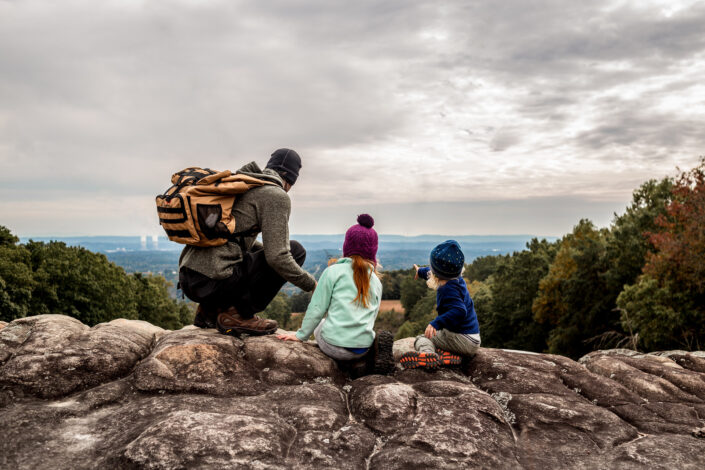
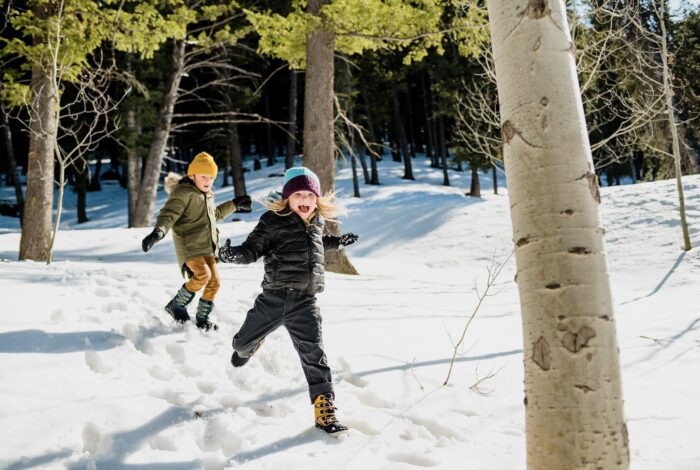
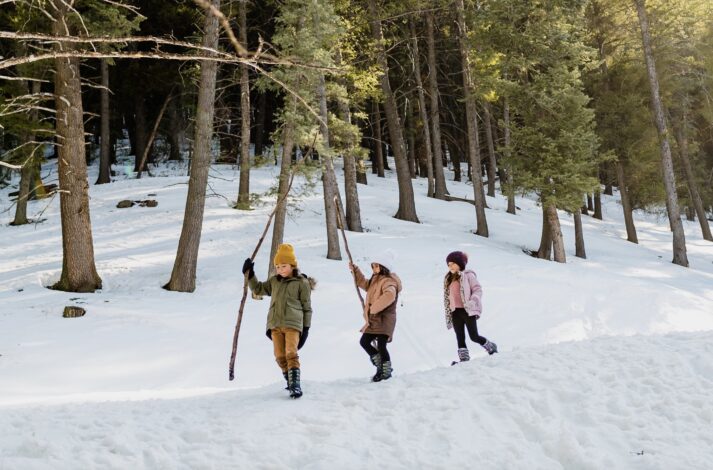


Comments